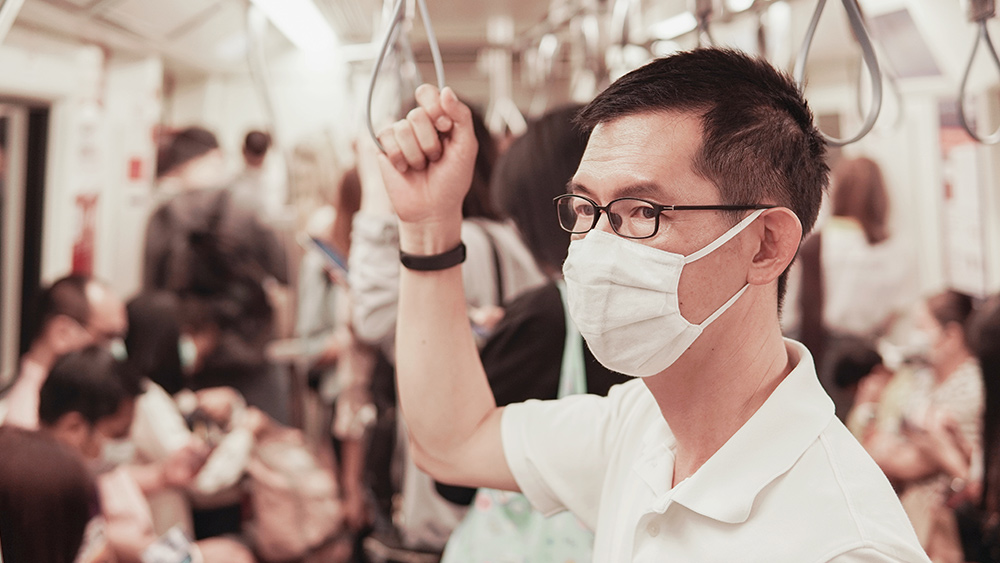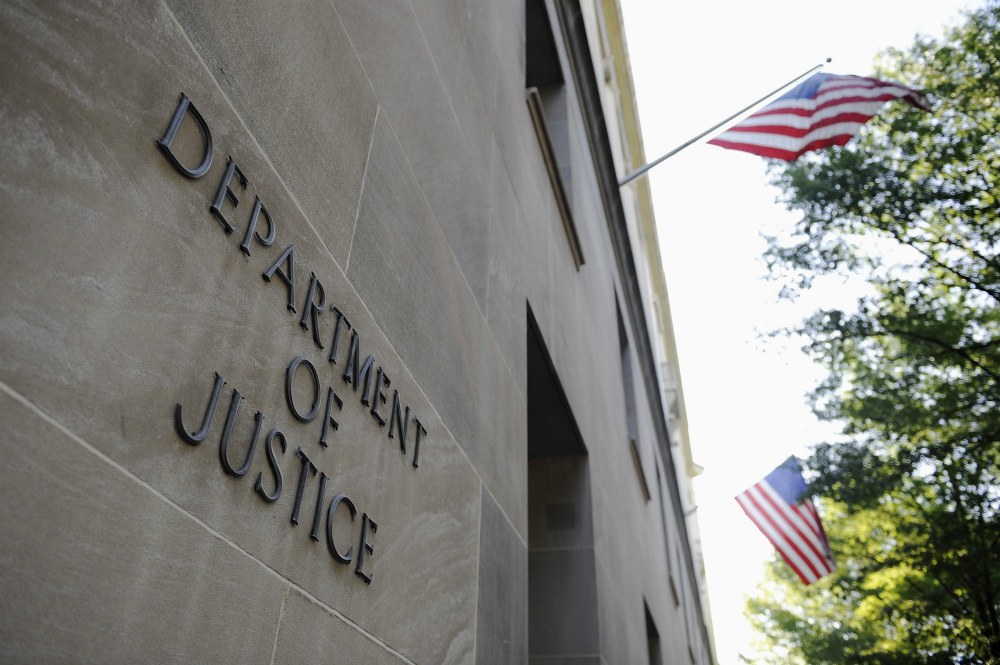
The coronavirus originally broke out in late 2019 in the Chinese city of Wuhan before quickly spreading to the rest of the country and then the world. By March, however, local authorities in China were proclaiming that there were little to no new infections. This was until April when a second wave of the outbreak erupted in northeastern China.
Second wave in northeastern China
Cities in northeastern China are implementing lockdown measures once again following a cluster of cases in the region. Cities in Jilin and Liaoning provinces are cutting off trains and buses, shutting down schools and quarantining tens of thousands of people. The return of these measures has dismayed the region’s residents, many of who thought that the worst of the epidemic was over.
People in the region “are feeling more cautious again,” stated Fan Pai, who works at a trading company in Shenyang, in Liaoning province. “Children playing outside are wearing masks again,” she continued, while health care workers are walking around in protective gear.
“It’s frustrating because you don’t know when it will end.”
In Jilin City, Jilin Province, a collective sense of deja vu is being felt by its residents, who experienced the same strict lockdowns implemented in most of China back in February and March, despite only reporting cases in the single digits.
Also permeating the region is a sense that the authorities aren’t telling the whole story about the real number of infections. (Related: China’s response to COVID-19 is the latest in string of COVER-UPS and suppression.)
Cases not being reported
In Jilin, authorities announced that patient zero was a cleaning lady who worked at a police bureau in Shulan, a county-level city within Jilin’s jurisdiction. According to a resident going by the name Wen, not only had this patient been sick for quite a while, but the rest of her family also caught the virus from her. Authorities, however, did not report these.
“She infected many members in her family,” Wen said. “Her mother died of the virus several days ago, and the youngest member infected in her family is a five-year-old girl. The government didn’t report any of them.”
Wen also added that authorities ordered the patient’s family members to be isolated to prevent the further spread of the virus.
In the city of Shenyang, China’s National Health Commission only reported three infections from early May to May 19. Patient zero was a 23-year old named Hao who had traveled from Jilin on May 5, before testing positive on May 10. The other two cases were colleagues of Hao who tested positive for the coronavirus on May 13.
All three live and work in Shengyang Hunnan district, which has only been designated as a “low-risk region” for the virus’ spread by local government authorities. The nearby Sujiatun district, however, was named a “medium-risk region” even though authorities reported no cases from it, possibly hinting that there could be a more severe outbreak there than in the Hunnan District.
Residents from interviewed by The Epoch Times said that they had heard about cases, including some in Sujitun. One resident, going by the name of Bian, said that he had heard of a diagnosed patient in the Sujiatun district who had not been announced by authorities.
Meanwhile, another Shengyang resident going by Ji said that the Yuhong district also had diagnosed patients.
“But [the government] doesn’t tell us,” said Ji. “It sent a fleet of more than 10 vehicles. Wherever the vehicles stopped, dozens of people dressed in protective suits got off the vehicles and forced local residents to be isolated at quarantine centers.”
Head on over to Pandemic.news to learn more about the coronavirus outbreak.
Sources include:
Please contact us for more information.























